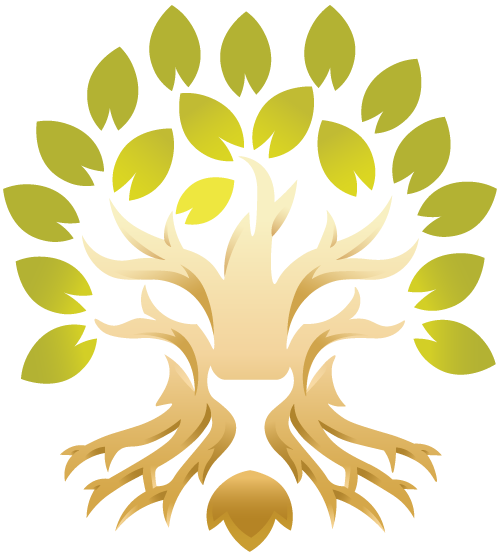Tree Health 101: Common Tree Diseases You Should Know
Homeowners and estate owners need to take care of the trees in their yards to ensure they grow strong and tall. Trees can live for a long while, but they require a steady supply of water and nutrients from the ground, as well as sunlight and carbon dioxide or oxygen from the air. If some of the sustenance intakes are slowed down or cut off, trees won’t develop properly and may die off entirely. It can also make them vulnerable to fungal and bacterial diseases during the wet growing seasons.
Some of the common tree diseases include:
Anthracnose
Anthracnose arises from fungi and affects multiple tree species, most commonly oaks, ashes, and sycamores. It causes twig death and eventual defoliation. Luckily, this disease is typically contained to a branch or two and doesn’t have long-lasting effects. The best treatment against anthracnose is removing the affected limbs and twigs and applying a powerful fungicide. Regular pruning can help the wounded areas breathe and reduce the chances of infection.
Some tree species are more resistant to anthracnose. If your area frequently suffers from this tree disease, look into replacing susceptible trees.
Cankers
Cankers (or stem diseases) often develop from a wound or a cut that doesn’t heal properly. They can be either fungal or bacterial, with the contaminant reaching into the tree’s vascular system. Over time, the infection causes localized structural damage, weakening the tree’s branches until they snap.
The most common method for treating the disease is removing the infected parts and treating the surrounding areas. Additionally, regular pruning and preventative methods can alleviate the effect. Avoid pruning the tree in wet weather since most infections thrive on the added moisture.
Diplodia tip blight
One of the most common blight conditions, this disease can affect numerous pine species and other mature conifers. The disease first presents as small black spots on needles and pinecones but quickly spread to surrounding foliage via fungal spores. It most often affects trees that are not receiving enough nutrients or water.
Proper care includes removing the affected areas and ensuring the tree has all the nutrients it needs and good soil quality to grow.
Needlecast diseases
These diseases affect evergreen species and are typically fungal in origin. The most common symptoms include falling or yellowing foliage. Needlecasts usually progress from the base of the tree upwards, and therefore, owners can check the lowermost branches for signs of infection. The fungi responsible are most active during the spring seasons. If preventative pruning during dry seasons doesn’t help, you may need to remove the affected limbs and treat the rest of the plant with active ingredients.
Vascular diseases
These diseases are caused by infiltrates that reach the tree’s vascular system, eventually siphoning most nutrients. Over time, the infection chokes the tree from the inside. First symptoms usually include rapid defoliation. Some vascular diseases like oak wilt spread throughout the trees’ root systems. Also, beetles that suck on sap can be dangerous. These diseases can be fatal if untreated.
The best way to prevent vascular diseases is to seal off any pruned areas to make them unattractive to beetles that might carry the disease.
Root rot
Almost all trees can succumb to root rot. The most common cause of rotting roots is too much water in the soil - if the soil doesn’t drain properly. Root rot displays as wilting leaves or symptoms similar to other diseases, making it challenging to diagnose. However, proper soil aeration and biocides can treat these diseases.
Contact a professional to maintain healthy trees
The best way to grow strong, long-lasting trees in your yard is to have professionals take care of them year-round.
Chuck’s Tree Service offers tree trimming and pruning, tree removal, tree care, and other services like crane services, storm damage tree removal, brush haul-off, land clearing and site development, and tractor services in Pasco, Hernando, and Pinellas Counties. Regular tree care can encourage vigorous growth, increase flower and fruit production, improve tree health, and more. Call us at 352-606-8289 today!

